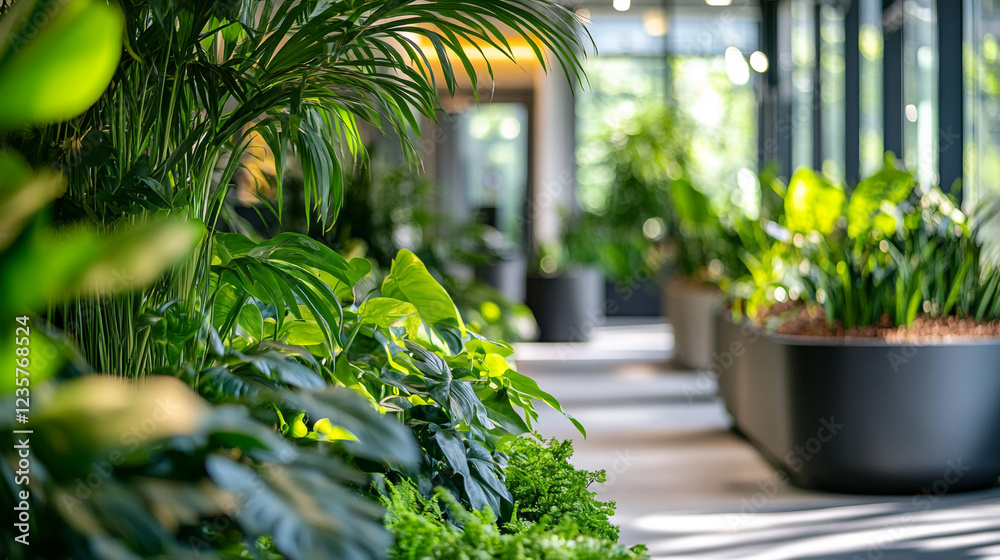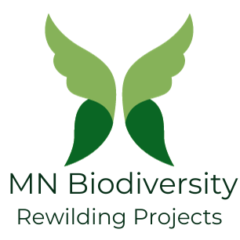
Vikas Bhat Khandige
Look deep into nature, and then you will understand everything better .
M N Biodiversity Rewilding Projects takes care to restore your property or spaces by growing native and compatible vegetation for the area of the project. The area is carefully planned to be aesthetically beautiful, and the space becomes a living ecosystem that invites life into the area. The area becomes a living ecosystem to add value to your property. Rewilding is a responsibility of everyone in this era of climate change.
VIVEK BALU
The concept of rewilding and restoring native flora and fauna is a crucial and timely endeavor in the face of increasing biodiversity loss and environmental degradation. M N Biodiversity Rewilding Projects’ commitment to giving back to nature and prioritizing the protection and conservation of native species is commendable.By focusing on herbal, medicinal, and butterfly gardens, as well as avoiding invasive species, the organization is not only contributing to the preservation of biodiversity but also promoting sustainable and ecologically responsible practices. Encouraging clients to adopt these types of gardens demonstrates a dedication to creating spaces that support local ecosystems and contribute to the overall health of the environment.The emphasis on restoring native flora and fauna not only aligns with the organization’s name but also reflects a deep understanding of the interconnectedness of all living organisms. By enhancing the beauty of Mother Nature through these efforts, M N Biodiversity Rewilding Projects is not only creating visually appealing landscapes but also actively participating in the restoration and preservation of natural habitats.
Vivek balu


Nature conservation and ecological balance is at the core of Ecoscaping. Various techniques are employed to transform land so that it is in greater harmony with nature and its ecology. The whole process behind Ecoscaping is to take the best solutions available and use them to improve the look of a property while making the smallest possible impact on the surrounding environment Ecoscaping promotes biodiversity and wildlife habitat.
This can be achieved in many ways for example.
GARDENING WITH NATIVE AND NATURALISED SPECIES
Gardening with Native and Naturalised species is a concept that is practised by very few companies, while the general scaping using exotic and invasive species comes under the banner of “Landscaping”, the specialised and niche concept of using native and naturalised species comes under the exclusive banner ” ecoscaping “.
The concept of incorporating gardens and plants into office spaces has indeed grown exponentially over the past two decades, and it’s because of a broader understanding of how the environment impacts our well-being, creativity and productivity. As more and more detailed research has pointed to the positive effects of nature on mental and physical health, companies have increasingly turned to Gardens as a natural way to enhance the work environment.
“Biophilia” refers to our inbuilt desire to connect with nature. It means that our emotional connection to nature is deep-rooted in our evolution. Biophilic design in workspaces aims to integrate natural elements like plants, water, and natural light to help employees feel more in tune with the environment around them. This connection is further enhanced if the same is done using native and naturalised species .
At MN Biodiversity we have taken this concept to a higher plane, by ecoscaping gardens with native and naturalised species and creating mini biospheres in itself.
We are experts in creating Butterfly Gardens, Herbal Gardens, Medicinal gardens to name a few. To spread awareness and aid implementation the promoters have released a book “Gardening with native and naturalised species” based on this path.
The Promoters also grow the main mother plants of these native species to ensure a strong lineage in their nurseries “R. V. Botonicals Pvt ltd” based out of Bangalore and Malnad locations. The promoters also have experience in rewilding huge acres of land /forest land based on this concept.
The advantages of native and naturalised species are as below:
